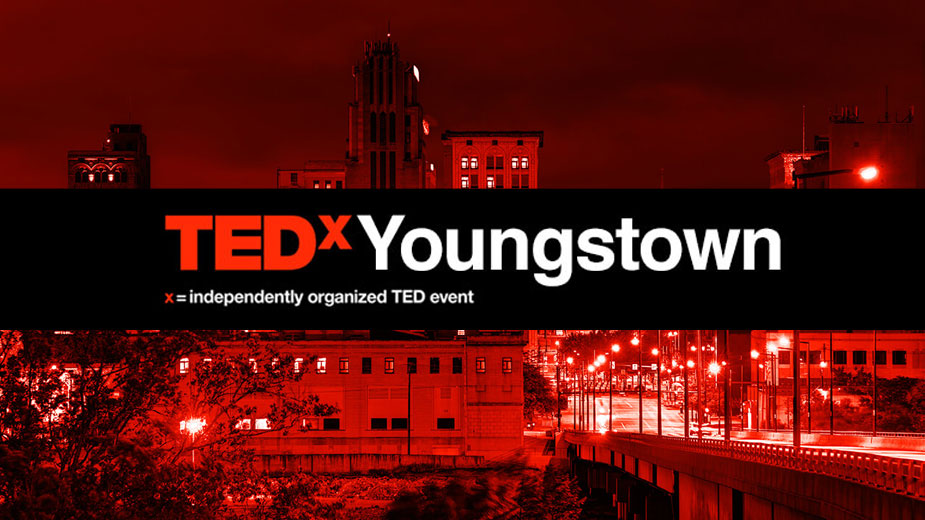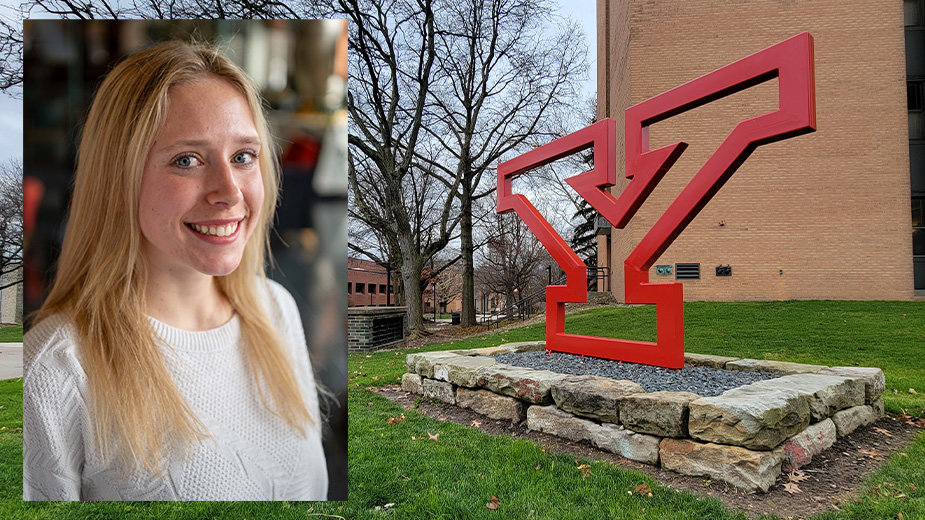Tech, Multidiscipline Ed Would Lower Unemployment
YOUNGSTOWN, Ohio — To alleviate unemployment in the Mahoning Valley, higher education and business leaders say curriculum rooted in technology, particularly with multiple disciplines, will create immediate value to area employers.
Additionally, the final panel of Tuesday’s Regional Economic Diversification Summit at Youngstown State University agreed that higher education needs to lead in providing certification, apprenticeship or other programs to area residents who need higher paying jobs, especially in light of the coronavirus pandemic.
The panel was moderated by A.J. Sumell, professor of economics at Youngstown State. Panelists included YSU economics professor Ou Hu; Jennifer Oddo, New Collar Apprenticeship Program manager with the YSU IT Workforce Accelerator; Mercy Health Foundation President Paul Homick; YSU Department of Mathematics and Statistics chairman Tom Wakefield; and Ed Muransky, chairman of The Muransky Companies.
The summit was hosted by YSU as part of the U.S. Economic Development Administration’s Lordstown Economic Recovery initiative.
Muransky, who is also chief executive and majority owner of Southwoods Health, says that 20 years ago, students studying health and human services would never see or speak to the business students. Students looking to become certified public accountants would end up on career pathways that were typical for business students.
Certain industries, however, have need for business graduates who are familiar with their industry, including health care, he said. Muransky has been working with YSU to develop curriculum for revenue cycle careers geared toward health and human services, he said.
If a CPA student can get immersed in health care and what organizations like Southwoods and Mercy do, “that person has a value to institutions in Cleveland and Pittsburgh that’s a heck of a lot broader” than being a CPA, Muransky said. The rate of hire would be quicker and the pay would be higher as well, he noted.
Likewise, information technology students who understand data and analytics can learn the ins and outs of specific industries. While companies like Southwoods have used computers for years, “there’s lots of analytics that sit inside, but nobody is taking that knowledge of analytics and matching it up with the business,” Muransky said.
By looking at what’s needed, he says, higher education can develop curricula that don’t currently exist to create career pathways that contribute to the productivity of employers.
YSU has taken steps to address data analytics with a certification program that launched this fall, said Wakefield. Through courses in data management, data visualization and predictive modeling algorithms, students will gain the ability to “effectively communicate what data is telling them” and how it might benefit area businesses and organizations, he said.
The YSU IT Workforce Accelerator, launched last November in partnership with IBM, is working to bridge the skills gap through competency-based apprenticeships in IT, Oddo said. Apprenticeships in industries like health care and agriculture show there are career opportunities for IT graduates.
“Every company now is a tech company, whether we like it or not,” she said. “We have to work together to really bridge that gap and that divide.”
This multidisciplinary approach to higher education is critical when considering workforce development and preparing students and others to be productive members within a workforce, said Mercy’s Homick.
“We cannot think of ourselves any longer in tunnels,” he said.
About a year ago, Mercy Health and its parent, Bon Secours Mercy Health, joined a health care anchor network that is currently composed of more than 50 health systems in the U.S., Homick said. Through that network, he’s seen the interconnectivity between sectors in the community, particularly among large employers like Mercy, which employs more than 5,000 in the area.
“It is important that we as a business leverage our everyday business practices to help address not only the work we do in health care, but also the economic factors and social determinants in health that lead to the overall health of the community,” including economic health, he said.
Homick identified the three pillars of such a network. The first being place-based investment, in which a health system, as a large economic engine in a community, is able to leverage its institutional resources to help address economic, racial and environmental discrepancies in a community.
Through inclusive local procurement, he continued, a health system can use its resources in the regional supply chain to identify and grow local vendors and businesses to fill supply chain gaps, which leads to local economic growth, creates more family-supporting jobs and assists in building community wealth.
Finally, large employers like a health system can practice inclusive local hiring and workforce development by removing barriers and creating career pathways for underemployed residents, thereby contributing to the local economic ecosystem by lifting up residents and advancing their health equity, he said.
Higher education can play a role in that as well. Through the Lordstown Economic Recovery Grant, Sumell and Hu led a team that researched and identified business growth and job skill training opportunities in the area and how YSU can be a support system for local economic development.
Since the onset of the coronavirus pandemic, the team has geared its work toward analyzing the impact on the economy and focusing on the most affected sectors – retail, leisure, hospitality and some manufacturing, Hu said. They also found that the businesses hurt the most were low paying, low-skill jobs in retail, leisure and hospitality, he said.
To help those residents, the team proposed to create a network that offers custom employment assistance to the unemployed individuals by connecting them with personalized job matches and skill training programs, Hu said. For it to work, the network will require a coordinated effort between businesses and area employment agencies, he said.
“The purpose is to better match the job opportunities and the unemployed,” he said.
The pandemic has provided businesses a chance to think out of the box as well. One of the biggest things to come out of pandemic was telehealth, said Muransky. Before the pandemic, Muransky was of the mind that patients don’t want to speak with a doctor they don’t know who lives in another state.
However, Medicare changed its laws allowing Southwoods to open up its telehealth services. The organization did “tens of thousands” of telehealth visits during the pandemic where patients and families were speaking with their local doctor, Muranksy said.
“As long as they’re talking to their doctor and somebody local, they’re comfortable with that,” he said.
Technology also gives companies a chance to employ workers remotely, even out of the state where they’re headquartered, Oddo said. While some area residents may have moved away to start a business, they are establishing talent outposts in the Youngstown area and leveraging new apprenticeship models to help accelerate people into careers, she said.
“If we can have incremental approaches to get more people in the community participating in education, either through certifications or apprenticeships or degree pathways, we’re going to create a more sustainable future for the community,” Oddo said.
Copyright 2024 The Business Journal, Youngstown, Ohio.



